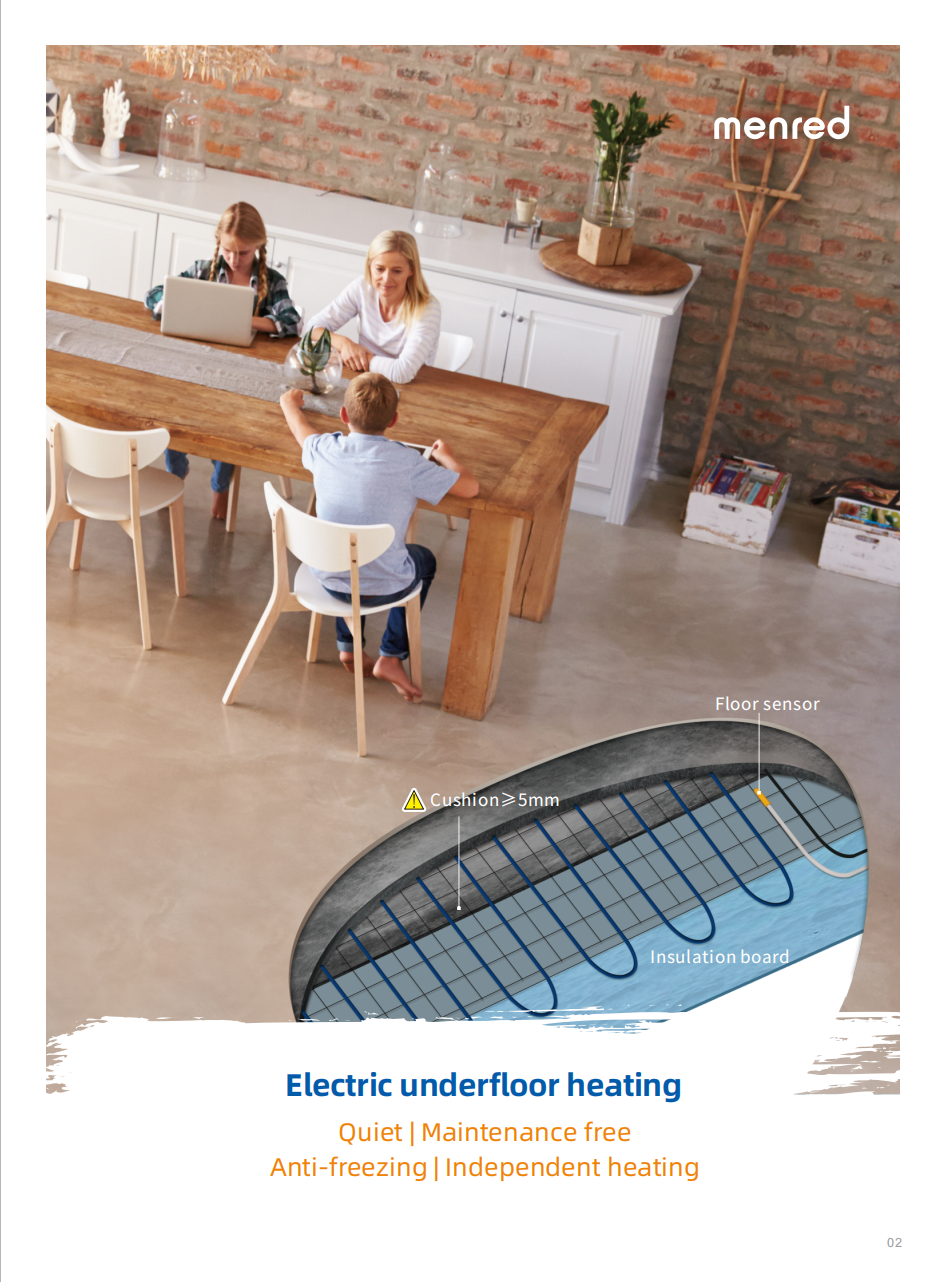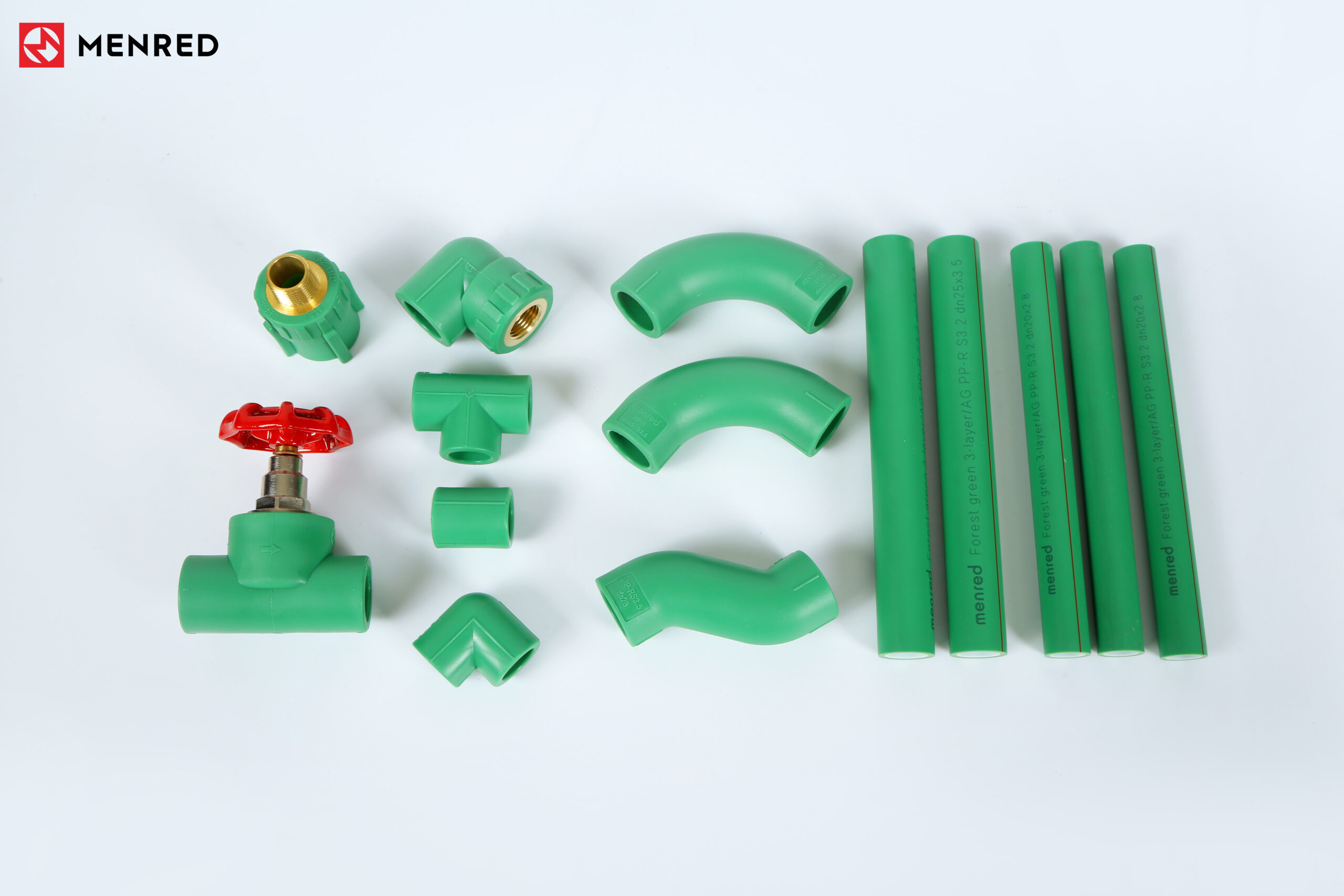Heating has always been central to creating a comfortable living environment. From ancient fireplaces to cast iron radiators and modern gas boilers, heating technologies have come a long way. Yet, many traditional systems come with limitations: uneven temperatures, bulky components, high noise levels, and limited control.
Today, radiant floor heating is transforming how homes stay warm—quietly, evenly, and efficiently.
Limitations of Conventional Heating Systems
While gas boilers and radiators have long been standard in home heating, they present several drawbacks:
- Uneven heat distribution: Radiators create hot spots near the source, leaving other areas cooler.
- Limited aesthetics: Radiators occupy wall space and restrict interior design.
- Air movement and dust: Convection systems stir up allergens and dry out indoor air.
- High energy use: Lack of zoning and control leads to energy waste.
- Noise issues: Fans or boiler cycling can be loud, disturbing rest or sleep.
These issues have motivated homeowners and builders to explore cleaner, quieter alternatives.
The Rise of Radiant Heating
Radiant heating works by warming surfaces, such as floors or ceilings, which then emit heat evenly across the room. This results in:
- Uniform temperature distribution (warm feet, comfortable head)
- No forced air, minimizing dust and allergens
- Virtually silent operation
- Higher comfort levels at lower thermostat settings
Radiant systems also offer more freedom in interior design, since no radiators or air vents are required. Whether powered by electricity or water, they support energy-saving and comfort-driven construction.
Electric vs. Hydronic Underfloor Heating: What’s the Difference?
Both systems use radiant principles but differ in energy source and structure:
✅ Electric Floor Heating
- Uses resistive cables under the floor
- Ideal for small areas or renovations
- Quick response time and easy installation
- Compatible with various floor types
✅ Hydronic (Water-Based) Floor Heating
- Uses PE-Xa pipes to circulate warm water
- Suitable for whole-house applications
- Efficient for large spaces and long-term operation
- Works well with boilers or heat pumps
Menred offers both systems, providing flexibility based on project size, energy preferences, and climate needs.
How Menred Supports Smart Heating Solutions
Menred integrates materials, control, and system design into a full heating ecosystem:
- PE-Xa Pipes: Made from imported raw materials (Hyosung, LG), tested for 8,760 hours, with a life expectancy of over 50 years.
- Electric Heating Cables: Multi-core structure, high safety rating, easy layout.
- RT Series Thermostats: Provide programmable, zoned, and remote control (RT51, RT52, RT33).
- Smart Integration: Compatible with energy storage, heat pumps, and ventilation for optimal performance.
All components are manufactured under strict quality control, supported by Menred’s in-house polymer laboratory.
Typical Applications
- Bathroom retrofits: Use electric floor heating for localized comfort.
- New villas: Install full hydronic systems with zoned control.
- Old apartments: Upgrade with Menred thermostats and localized electric mats.
- Green buildings: Combine with solar power, heat pumps, or energy storage.
Menred’s radiant heating systems adapt to both new builds and renovations, offering tailored solutions for every need.
Conclusion: Smarter, Cleaner, More Comfortable
Radiant heating has emerged as the modern standard for efficient and comfortable indoor environments. Whether through electric systems or hydronic networks, the future of home heating is silent, smart, and sustainable.
With Menred, every room stays warm, efficient, and elegant.


